DROPS Cotton Merino
A superwash yarn for all seasons!
from:
3.55£
per 50 g
Content: 50% Wool, 50% Cotton
Yarn Group:
B (20 - 22 stitches)
/ 8 ply / DK / worsted
Weight/length: 50 g = approx 110 m
Recommended needle size: 4 mm
Knitting tension: 10 x 10 cm = 21 sts x 28 rows
Care: Machine wash on gentle cycle 40°C / Don’t use fabric softener / Dry Flat
Superwash: yes
Made in: EU
Raw material origin: Wool from South America, cotton from Turkey
This yarn has an Oeko-Tex® certification (certificate number 09.HBG.68250), Standard 100, Class I from the Hohenstein Institute. This means that is has been tested for harmful substances and is considered safe in human-ecological terms. Class I is the highest level, and it means the yarn is suitable for baby articles (ages 0-3).
DROPS Cotton Merino is made in a combination of extra fine merino and long cotton fibers. We have chosen not to card the merino wool and the cotton together, which highlights each of the fibers properties in a better way, while at the same time allows to achieve more vibrant colours and textures. Superwash treated and very gentle on the skin, DROPS Cotton Merino is a great choice for baby and children’s clothing.
Made from many thin strands spun together, which give the yarn roundness and elasticity, it’s especially suitable for cable, structure and moss patterns. This special construction also makes it extra important to treat the garment right: make sure that you knit with the correct tension - so use a tight tension rather than a loose one. Don't wash your garment too warm, never leave it to soak and let the garment dry flat.
And as in all our merino yarns, the merino wool originates from free-range, mulesing-free animals from South America.
Read more about our products' sustainability here
Please be aware that the colours shown may vary from screen to screen in the same way that shades may vary slightly from dye lot to dye lot.
How do I care for this yarn?

Machine wash on gentle cycle 40°C / Don’t use fabric softener / Dry Flat
All our super wash treated merino yarns should be washed in the machine, using a gentle cycle program. That being said, there are a few more tips that are extremely relevant when it comes to caring for this yarn:
- Machine wash - separately - using a gentle cycle program at 40ºC, with a light centrifugation (about 800rpm). Only use detergents without enzymes and optical brighteners.
- NEVER use fabric softener (the wool fibers become too soft and can slide apart).
- NEVER leave the garment to soak/wet in the washing machine for a long period of time.
- To dry the garment, shape it and lay it flat - do not hang - ideally on a warm bathroom floor or on top of a drying rack in a room with good air circulation. Never dry the garment in direct sunlight.
- Never iron the garment directly. Use always a damp cloth between your steaming iron or regular iron and the garment.
Note: If you are washing a project made with this yarn combined with another, the general guideline is to follow the washing instructions for the most delicate of the yarns you are working with.
Do you have a question about this yarn?
See a list of frequently asked questions (FAQ) about our yarns.
1) What type of fibers make the DROPS yarns?
Yarn can be made from a large number of natural and synthetic fibers. DROPS carries mainly yarns made from wool, cotton, alpaca, linen, mohair and silk. Each fiber type has its own qualities, and they are often mixed to take advantage of the best properties of each one. Coarse yarn has the advantage of being stronger and more durable, and finer fibers offer more softness and comfort. Here a bit about the main fibers we carry:
Alpaca:
Alpaca fleece is the natural fiber harvested from an alpaca, and it is similar in structure to sheep wool fiber. Its softness comes from the small diameter of the fiber, similar to merino wool. It is a soft, durable, luxurious and silky natural fiber. Yarn made from alpaca fibers does not felt or pill easily, and it can be light or heavy in weight, depending on how it is spun. While similar to sheep’s wool, it is warmer, not prickly, and has no lanolin, which makes it hypoallergenic. Alpacas come in 22 natural colors, with more than 300 shades from a true-blue black through browns-black, browns, white, silver and rose-greys.
Mohair:
This fiber comes from the Angora goats, and it's considered a luxury fiber. Mohair yarn is warm as wool, but much lighter in weight; it is durable, dyes well and does not felt easily. Mohair fibers have also a distinctive luster created by the way they reflect light. Despite being a hard fiber, mohair is usually spun into a very fluffy yarn, resulting in airy and lustrous garments.
Wool:
The wool fibers come from the skin of sheep and are relatively coarse fibers. Two striking characteristics of wool are its susceptibility to heat and its felting property, which is caused by the scales on the surface. Depending upon the breed of sheep, the appearance of the wool varies.
Wool from Merino sheep is considered the finest type of wool, having as characteristics that is finely crimped and soft. All the Merino wool in the DROPS yarns has its origins in South America, coming from sheep that have not been subject to Mulesing.
Pure new wool is wool made directly from animal fleece, and not recycled from existing wool garments.
Machine washable wool is wool treated chemically to minimize the outer fuzzy layer of the fibers, and be therefore fitable for machine wash (see Superwash).
Silk:
The silk fiber is a fine continuous fiber produced from the cocoon of a moth caterpillar known as the silkworm. While silkworm is cultivated, the wild or tussah silk is obtained from uncultivated silkworm cocoons. Silk fiber is one of the strongest natural fibers and makes a wonderful knitting yarn. It blends really well with other fibers, especially wool. Silk also dyes beautifully with natural dyes.
Vegetable fibers:
There are several varieties of vegetable fibers, found in the cell walls of plants or vegetables. Of all the varieties, two are recognized as major knitted or textile fibers. They are cotton and linen.
Cotton is the fiber surrounding the seeds in a cotton pod, and it is almost pure cellulose. Cotton is usually white in color but there are green and brown varieties as well. The cotton fiber is most often spun into yarn or thread and used to make a soft, breathable textile that is good for summer clothing and accessories, making a weaker yarn than silk or linen but stronger than wool.
Mercerized cotton is cotton that has been through a mercerization treatment. This treatment gives cotton fabrics and threads a lustrous yarn that is more lustrous than conventional cotton. It is also stronger, takes dye a little more readily, makes the yarn more resistant to mildew and reduces lint. It also may not shrink or lose its shape as much as "regular" cotton.
Linen is a fiber derived from the stalk of the flax plant that is durable and stronger than any other fiber. The linen fiber is relatively soft, straight and lustrous and becomes more beautiful with age. Linen is more comfortable to wear in hot temperatures than cotton, due to the fact that it absorbs moisture better and dries more quickly.
Other materials used in our yarns include synthetic fibers such as acrylic, viscose, polyamide (nylon) and polyester. These fibers are used mostly to give strength to a yarn (like our sock yarn, DROPS Fabel) or a special kind of structure (like our blown yarn, DROPS Air).
The polyamide fibre, commonly known as nylon, is very strong, durable, lightweight, easy to care for (can be machine washed and dried), and elastic, which makes it perfect for blending with other fibres to produce hard-wearing yarns like sock yarn.
Compared to polyester, polyamide is softer and more flexible, but it also absorbs more water and dries slower.
3) What type of information can I find on the DROPS yarn labels?
All DROPS yarn labels include information about fiber content (wool, cotton, etc.), weight in grams and ounces, length in meters and yards, washing instructions and symbols (explained here), color number, dye lot number and yarn group information.
4) What are the DROPS yarn groups?
All DROPS yarns are classified into 6 different thickness groups (A to F). Yarns in a same group have similar knitting tension/gauge, and can therefore be interchanged in patterns; however the length may be different, so when substituting always calculate the amount of meters/yards needed for the pattern to know the amount of yarn you need to get.
5) Can I use a different yarn than the one mentioned in the pattern?
Yes, as long as the yarn can be worked in the same knitting tension/gauge. Always swatch to make sure you get the same number of stitches in width and rows in height as given in the pattern.
Remember that different yarns with different textures, will give the garment different looks. The yardage/length may also be different, so when substituting always calculate the number of yards needed, in order to know the amount of yarn you need.
Read more about how to calculate the amount of an alternative yarn - and how to replace 1 thread of a yarn with 2 or more of another, here.
6) What does it mean when a yarn is “Superwash”?
A superwash wool is a special wool product that has been treated or processed in a way that allows it to be machine washable. Many people are afraid to work with wool because it is so easy to shrink (though some shrink wool on purpose) and superwash wool can allow them to work with great fibers without worry. (Read more here).
7) What does “Oeko-Tex® certified” means?
The Oeko-Tex® Standard 100 was introduced at the beginning of the 1990s as a response to the needs of the general public for textiles which posed no risk to health. The Oeko-Tex® Standard 100 is a globally uniform testing and certification system for textile raw materials, intermediate and end products at all stages of production. The test for harmful substances comprise substances which are prohibited or regulated by law, chemicals which are known to be harmful to health, and parameters which are included as a precautionary measure to safeguard health.
For more info go to www.oeko-tex.com
10) How accurate are the colours on the shade cards online?
When obtaining images for the shade card, we do our best to achieve the highest level of color accuracy. Unfortunately, we cannot guarantee how images will appear on your computer screen. Every monitor displays color differently, some colors might look darker than they really are, and some colors might be more saturated on some screens. If you experience that many of the yarn colors looks different on your screen than the actual color of the skeins, you can adjust the setting on your monitor.
11) What is a micron? What does super fine / extra fine mean?
The fineness of yarn fibers is measured in microns (thousands of millimeters). Super fine alpaca wool is 26-28 microns. Fine merino wool is less than 21.5 microns and extra fine merino is under 19.5 microns. The less microns the softer and more delicate a quality can be, the more microns the more hard wear the quality will be.
The reason why the microns in a yarn’s fibers are important is that the yarn will eventually become something else, and how delicate or coarse a yarn is will determine in part what we use it for. That’s why we recommend the softest yarns (like DROPS Baby Merino) for baby clothing, or why we choose to use a more hard wear yarn like DROPS Snow, for a seating pad or slipper.
12) Why are the colours in my skeins of print yarn different?
The reason why two skeins of a same print yarn look different can be 1) that both skeins are part of different dye lots; 2) that the skeins have been dyed using a technique called "magic print" (the one used for example in DROPS Delight), which provides unique patterns and smooth colour transitions to each skein, meaning also that within one dye lot, lighter or darker varieties might appear. This is no fault or defect, but part of the yarn's character.
13) My store doesn’t have the colour I want, what can I do?
If your DROPS store doesn’t have the yarn colour you want, try contacting a DROPS Super Store (the ones with the golden badges) - they will make sure to get a hold of the colour even if they don’t have it in stock themselves. See a list of all DROPS stores here.
14) Where can I find a specific dye lot of a colour?
Always try contacting your DROPS store first. If they do not have the dye lot you want we recommend you to ask other knitters and crocheters in the DROPS Workshop in Facebook or Ravelry, which may have the dye lot in their stash and might be willing to part from it.
Yarn sheds because there's not enough twist to hold all of the fibers together. All yarns have excess fibers (from production) that might come off as lint or shedding, in varied degrees that depend on how the yarn is spun. Brushed yarns ("hairier" yarns) like DROPS Melody, have more of these loose fibers than other yarns, and therefore shed more. Shedding also depends on what is worn under or over the garment, and whether this pulls at the yarn fibers. It’s therefore not possible to guarantee that there will be no shedding.
Below are some tips on how to get the best result when working with hairier yarns:
- When the garment is finished (before you wash it) shake it vigorously so the looser hairs come off. NOTE: do NOT use a lint roller, brush or any method that pulls at the yarn.
- Place the garment in a plastic bag and put it in your freezer - the temperature will cause the fibers to become less attached to each other, and excess fibers will come off easier. Leave in the freezer for a few hours before taking it out and shaking it again.
- Wash the garment according to the instructions on the yarn label. Garments worked with hairier yarns usually need to be shaken once dry after washing, so that the hairs rise and any excess fibers can come off.
Pilling is a natural process that happens to even the most exclusive of fibers. It's a natural sign of wear and tear that is hard to avoid, and that is most visible in high friction areas of your garment like a sweater's arms and cuffs.
You can make your garment look as new by removing the pilling, using a fabric comb or a pill/lint remover.
How can I replace this yarn?
If you are looking to replace this yarn with another DROPS yarn, you can use another yarn within the same yarn group, or try our yarn converter!
Other yarns in Yarn Group B
Read more about replacing yarn.Have a problem with the DROPS yarn you purchased?
When you purchase yarn from the shade cards or patterns on our site, you are not buying directly from DROPS but from one of the hundreds of DROPS stores around the world. It is therefore important that you take contact with the DROPS store where you bought the yarn, and that you save the labels of all the skeins you purchased (they are your warranty).
The DROPS store you contact will assist you and escalate the claim if necessary. Find a list of DROPS stores here.
Comments / Questions (257)
![]() Jette Koch Jensen wrote:
Jette Koch Jensen wrote:
Jeg skal strikke en gave ud fra en opskrift beregnet til Karisma. Dette synes jeg dog kradser. Jeg er betænkelig ved at bruge både cotton Merino og Merino Ekstra Fine, for når jeg læser om begge garner, skal der ikke megen forkert behandling til, før størrelsen ikke passer længere. Og det kan jeg jo ikke sikre mig ikke sker, når det ikke er mig selv, som vasker. Hvad vil I anbefale? Det er en sweater med tofarvet mønsterstrik i bærestykket. Vil Puna være en ide?
10.08.2017 - 22:41DROPS Design answered:
Hei Jette. Både DROPS Puna og DROPS Lima er gode alternativer til DROPS Karisma. Bare husk å sjekke strikkefastheten din. God Fornøyelse!
15.08.2017 kl. 10:03
![]() Valeria wrote:
Valeria wrote:
Hei! Miksi langassa niin paljon solmuja? Joka kerä muutamaan solmua. Käytetty jo 5 kerää ja JOKAISESSA ovat 2-4 solmua! Lanka ei ole niin halpa minulle.
07.08.2017 - 21:13DROPS Design answered:
Hei, jos ilmoitat meille kyseisen langan värinumeron ja eränumeron, niin voimme tarkistaa mistä on kyse.
08.09.2017 kl. 16:22
![]() Charrier wrote:
Charrier wrote:
J'ai lavé , à froid et séché à plat pull tricoté avec le coton mérino .il s'est allongé pourquoi?
04.08.2017 - 23:39DROPS Design answered:
Bonjour Madame Charrier, aviez-vous bien la bonne tension? Lavez bien votre ouvrage en machine, cycle délicat et mettez le bien en forme, à plat pour le séchage. Pour toute assistance complémentaire, votre magasin DROPS saura vous aider, même par mail ou téléphone. Bon tricot!
07.08.2017 kl. 17:51
![]() Aino Rybicki wrote:
Aino Rybicki wrote:
Hei! Olen neulonut Cottonmerinosta 5 vuoden ajan useita töitä. Nyt keväällä siis 2017 aloin tehdä neuletakkia, mutta sain ärsytysoireita neuloessani kasvoihin ja kaulalle. Onko valmistus-, säilytysprosessi tai lankojen tuottajat muuttuneet? Muutkin Dropsin langat aiheuttivat oireita jo vuosi sitten. Terv. Aino
26.07.2017 - 18:41DROPS Design answered:
Hei! Langan valmistus- ja muut prosessit ovat samat kuin aiemmin. Joksus ajan myötä allergiset reaktiot voivat kuitenkin pahentua ja oireet voivat esiintyä myös esim. muille langoille kuin aikaisemmin.
18.09.2017 kl. 16:39
![]() Doris wrote:
Doris wrote:
Ich hätte gerne noch mehr Farben zur Auswahl wie bei der Drops Paris (z.B. 60 dunkel altrosa, 48 petrol) oder bei der Drops Alpaca. Dort sind auch die Mixfarben besonders schön (z.B. 2020 hellcamel, 5565 weinrot oder 7240 petrol). Ist eine größere Farbpalette geplant? Ich könnte mir vorstellen, daß sich das bei diesem schönen Garn lohnen würde. Es läßt sich gut verarbeiten, angenehm tragen, problemlos waschen und ist strapazierfähig und weder zu dick noch zu dünn.
20.07.2017 - 21:21DROPS Design answered:
Liebe Doris, Danke für Ihre Rückmeldung. Virl Spaß beim stricken!
21.07.2017 kl. 08:53
![]() Doris wrote:
Doris wrote:
Wunderschönes Garn, eines meiner Lieblings-Drops-Garne. Sind weitere Farben geplant?
19.07.2017 - 22:07DROPS Design answered:
Liebe Doris, Danke für Ihre Rückmeldung, gerne können Sie neue Farben hier vorschlagen. Viel Spaß beim stricken!
20.07.2017 kl. 10:08
![]() Hanne Nielsen wrote:
Hanne Nielsen wrote:
Jeg vil gerne strikke DROPS 164-22 i DROPS cotton merino. Jeg kan godt lide kombinationen af uld og bomuld. Jeg vil dog gerne strikke den i en grå version. Hvilke farver numre skal jeg vælge? Hvad kan jeg sætte sammen?
12.04.2017 - 17:07DROPS Design answered:
Hej Hanne, jeg havde valgt 2 af de grå farver og så en lys rosa og en natur som mønsterfarver. Spørg gerne i butikken de kan altid give gode råd om farver.
12.05.2017 kl. 14:18Emily wrote:
Hi I knitted a sweater with Cotton merino and wonder how I should wash it before I give it out as a gift. If I handwash it, will it lose its form? and can I soak it? Thanks in advance.
28.03.2017 - 09:35DROPS Design answered:
Dear Emily, follow instructions on label (see tab "care" under shade card), find here more informations about yarn care, and remember your DROPS store will have tips & advices they can give you even per mail or telephone. Happy knitting!
28.03.2017 kl. 09:38
![]() Blondylein wrote:
Blondylein wrote:
Habe mir einen RVO aus Drops Cotton Merino gestrickt. Leider ist er zu groß. Kann ich es riskieren ihn in den Wäschetrockner zu geben, damit er kleiner wird?
06.03.2017 - 15:04DROPS Design answered:
Liebe Blondylein, zusätzliche Informationen und Hilfe bekommen Sie gerne von Ihrem DROPS Laden. Viel Spaß beim stricken!
07.03.2017 kl. 09:18
![]() Svn wrote:
Svn wrote:
Har strikket mariusgenser i cotton merino - og erfart at dette er tungt og siger. Genseren ble for stor. Jeg har lurt på om jeg skal vaske det på 40 grader, full sentrfugering og deretter tørke den i tørketrommel ?
05.03.2017 - 12:48DROPS Design answered:
Hej Svn. Du skal fölge vaskeanvisningerne paa garnet, se ogsaa her hvordan du generelt skal behandle dine projekter. Strikkes der for löst (eller forkert strikkefasthed), kan merino/bomuldsgarn have tendens til at udvides/blive for stort, og det er superaergeligt, men jeg tror ikke det er en god ide at krympe den i törretumbler (pröv evt med en lille lap först).
06.03.2017 kl. 13:40
![]() Susanne wrote:
Susanne wrote:
Ich möchte aus dieser Wolle einen zweifarbigen Pullover stricken. Die Farben werden durch einen Zopf getrennt. Als Hauptfarbe sollte es ein dkl blau sein, welche Zweitfarbe nehme ich? Vielleicht kann mir Jemand einen Tip geben!
26.02.2017 - 13:29DROPS Design answered:
Liebe Suzanne, Ihr DROPS Laden wird Ihnen gerne helfen. Viel Spaß beim stricken!
27.02.2017 kl. 11:54
![]() Annette wrote:
Annette wrote:
Neben koralle und pistazie auf dem letzten Bild, welches blau ist das?
07.02.2017 - 16:07DROPS Design answered:
Liebe Annette, es ist Farbel Nr 16, jeansblau. Viel Spaß beim stricken!
08.02.2017 kl. 08:45
![]() Virpi Niemelä wrote:
Virpi Niemelä wrote:
Tein pojalleni puseron cottonmerinosta ja pesin ohjeen mukaan . Pusero venyi todella isoksi eli on nyt käyttökelvoton. Miten lanka voi venyä pesussa niin paljon?? Kuivatin puseron vaakatasossa joten se ei venynyt siinä. Kokoa oli tullut lisää parin numeron verran. Muutoin lanka pysyi hyvännäköisenä ja väri myös. Lankaa oli miellyttävä neuloa ja jälki ihan ok. Koko ennen pesua oli ihan ok.
27.12.2016 - 21:19DROPS Design answered:
Neule voi venyä jos esimerkiksi käytät pesussa huuhteluainetta, tai jos olet neulonut puseron liian löyhästi. Pese neule uudestaan ja anna sen kuivua oikeisiin mittoihinsa. Toivottavasti tämä auttaa!
27.02.2017 kl. 15:54
![]() Gitte Saxbjørn wrote:
Gitte Saxbjørn wrote:
Når I nu har ændret sammensætning på Cotten Merion, hvilket gør, der er 10 meter mindre i et nøgle - tilretter I så alle opskrifterne efter dette, så man ikke får købt for lidt garn ?
11.11.2016 - 10:45DROPS Design answered:
Hej Gitte. Nej, for det er efterhaanden nogen aar siden det er sket, saa det er ikke relevant mere.
11.11.2016 kl. 13:47
![]() Frauke wrote:
Frauke wrote:
Dies ist wirklich ein schönes Garn: weich, schnell zu stricken, maschinenwaschbar. Man muss es aber unbedingt relativ fest verstricken, sonst verliert es die Form. Bei durchschnittlicher Strickfestigkeit verwende ich Nadelstärke 3,5.
06.11.2016 - 10:35Olga wrote:
Is it real to order this yarn to Ukraine approx/15 items? What will be the price and shipment costs? Thank you in advance.
31.10.2016 - 10:40DROPS Design answered:
Dear Olga. Please contact one of our stores that ships internationally on this. They can inform you on all costs and delivery time
31.10.2016 kl. 11:08
![]() Else wrote:
Else wrote:
Netop færdig med mønster 160-23. Passer fint i vidden fra brystet og ned, og garnet er flot og dejligt at strikke med, men så øv: Fulgte mønsteret nøje på alle måder, men den blev noget længere end vist. Endnu værre: fra halsen og ned mod brystet helt forkert facon, oppefra næsten 20 cm for bred! - og så gradvist mindre for meget. Endelig blev der 4 nøgler til overs.
23.10.2016 - 21:30
![]() Doris Klein wrote:
Doris Klein wrote:
Ein wunderschönes sehr weiches gut zu verstrickendes Garn. Ich habe einen Loop in natur gestrickt, er ist sehr schön geworden. Ich werde aus diesem Garn auch noch Kinder- bzw. Babykleidung stricken. Bin begeistert!
18.10.2016 - 13:22
![]() Dorte wrote:
Dorte wrote:
Jeg har fulgt vaskeanvisningen, og har liggetørret min mands nye trøje, men den er blevet meget lang i ærmerne, jeg var ellers meget forsigtig, og holdt den ikke op, men lagde den i en klump, og rettede den forsigtig ud :-( Hvad kan jeg gøre ved den nu?
27.09.2016 - 06:31DROPS Design answered:
Hej Dorte. Det var synd. Dette kan ske ved enten 1) forkert vask (for varmt/koldt/brug af skyllemiddel osv) eller 2) for löst strikket. Du kan pröve at vaske den igen og saa lade den törre i den rette form/störrelse. Ellers er det nok desvaerre at pille de nederste af aermerne op og göre den kortere.
29.09.2016 kl. 10:42
![]() Sue wrote:
Sue wrote:
This yarn knits up beautifully. However, I used it in what for me was a first, a lacy, striped cardigan for someone else where I did not have a pattern. It cost me blood, sweat and a lot of tears - especially the tears as, when washed BY HAND with Eucalan, and dried flat, the navy blue bled out into the white stripes rendering the cardi unwearable. I have had to order more yarn to knit it again but I will not be using this again; this time I've gone for Scheepjes.
09.08.2016 - 11:27DROPS Design answered:
Dear Sue, remember to always make sure you are following wasching care instructions (see here) and please contact your DROPS Store for any further informations. Happy knitting!
10.08.2016 kl. 08:56
![]() Karin wrote:
Karin wrote:
Nachdem ich so "gemeckert" habe, muss ich mich jetzt bei Drops bzw bei "Der Strickerin " bedanken. Die 10 Knäuel Türkis wurden anstandslos ersetzt und die neue Wolle ist wieder in der bewährten Qualität. Toller Service !
30.06.2016 - 19:52
![]() Karin wrote:
Karin wrote:
Hab 10 Knäuel in Farbe 24 Türkis bestellt und JEDES !!! Knäuel mindestens 1 x verknotet mit teilweise losen Fäden zwischendurch. War früher von Cotton Merino sehr begeistert, aber die jetzige Qualität ist den Preis nicht mehr wert! Bin ziemlich enttäuscht !
07.06.2016 - 15:18
![]() Lena R. wrote:
Lena R. wrote:
Hei! Jeg savner en skikkelig GUL farge i Cotton Merino og Merino Extra Fine. Sånn påskegul :) Er det noe som kommer? Ellers er jeg superfornøyd! Og ungene klager ikke over at plaggene klør ;)
29.05.2016 - 22:10DROPS Design answered:
Hej Lena. Tak for dit input. Vi har paa nuvaerende tidspunkt ikke nogen gul farve i disse garner, men vi skal saette det paa önskelisten, vi vurdere löbende hvad der önskes og kan tilföjes.
30.05.2016 kl. 11:06
![]() Mina wrote:
Mina wrote:
Hei igjen. Jeg synes dette garnet også er veldig fint og planlegger ei bomullsstrikkejakke der strikkefastheten må være 10x10=19m på p nr 4,5. Tror du det vil gå?
13.04.2016 - 15:40DROPS Design answered:
Hej Mina, Strikkefastheden bliver da lidt løsere end hvad vi anbefaler. Men strik gerne en prøve på 10x10 cm først så du kan se om du synes om den. God fornøjelse!
14.04.2016 kl. 12:12






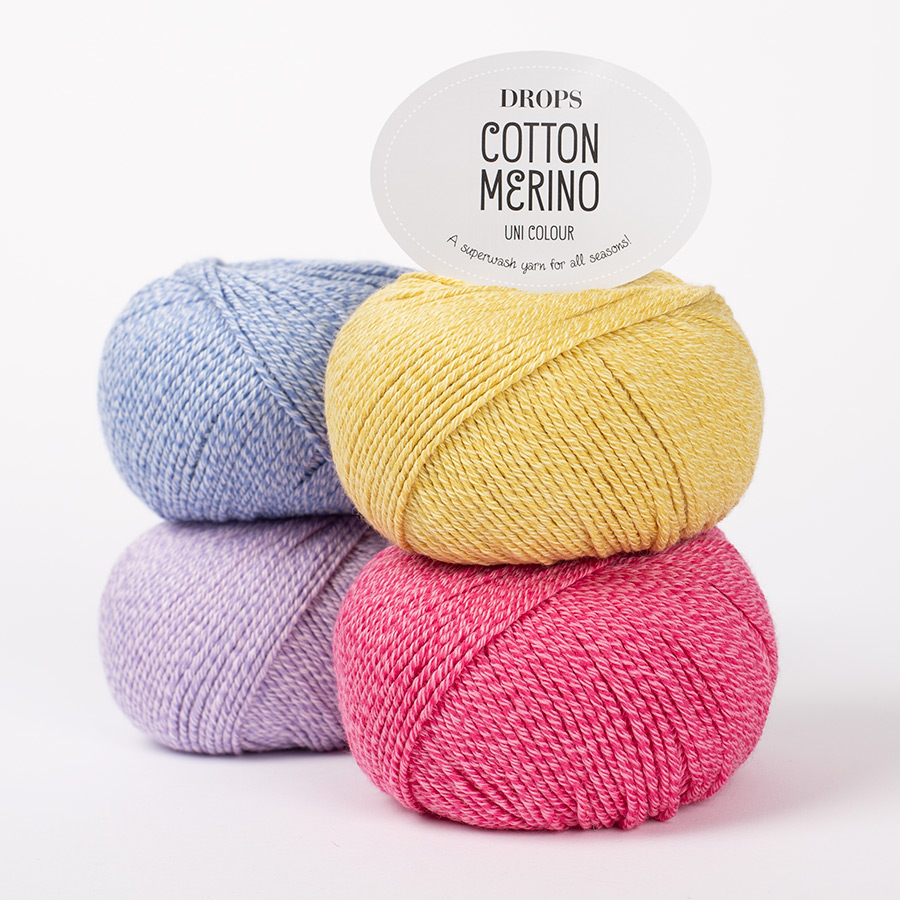
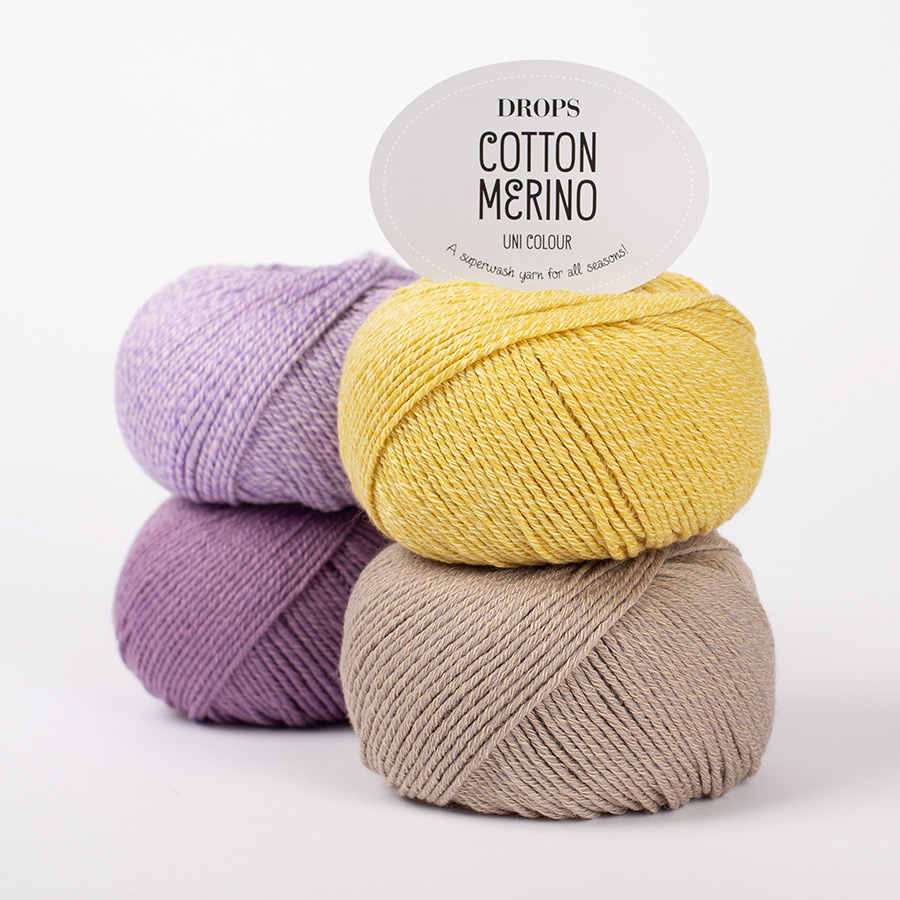
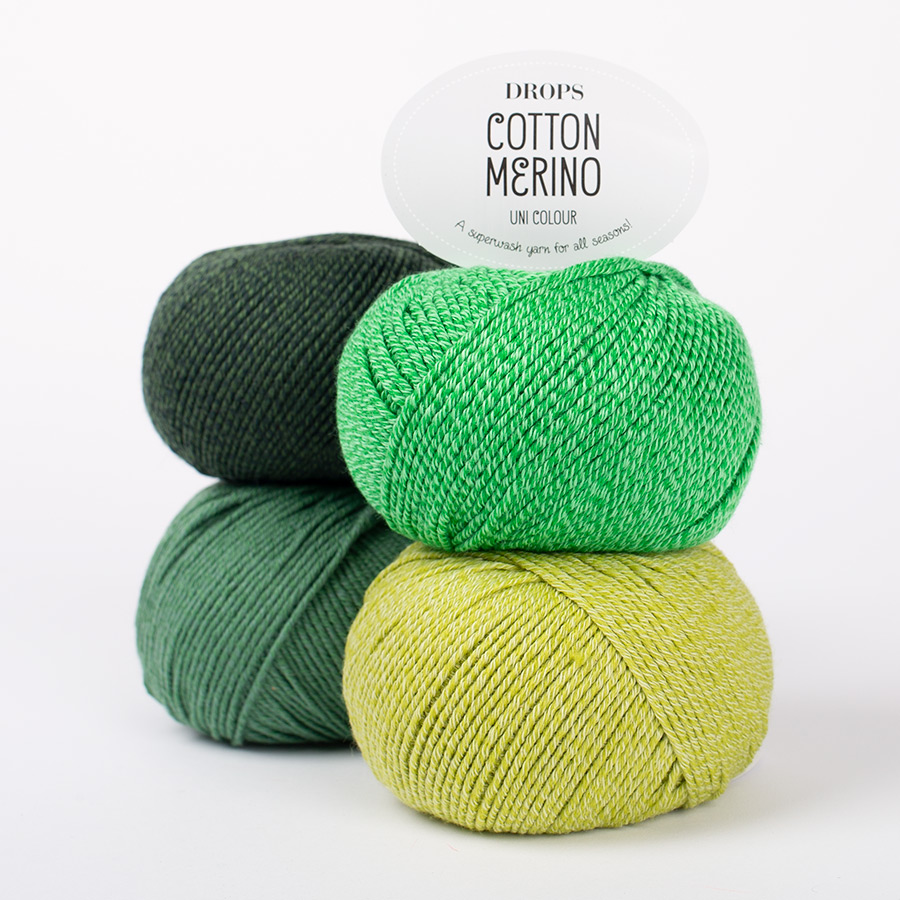
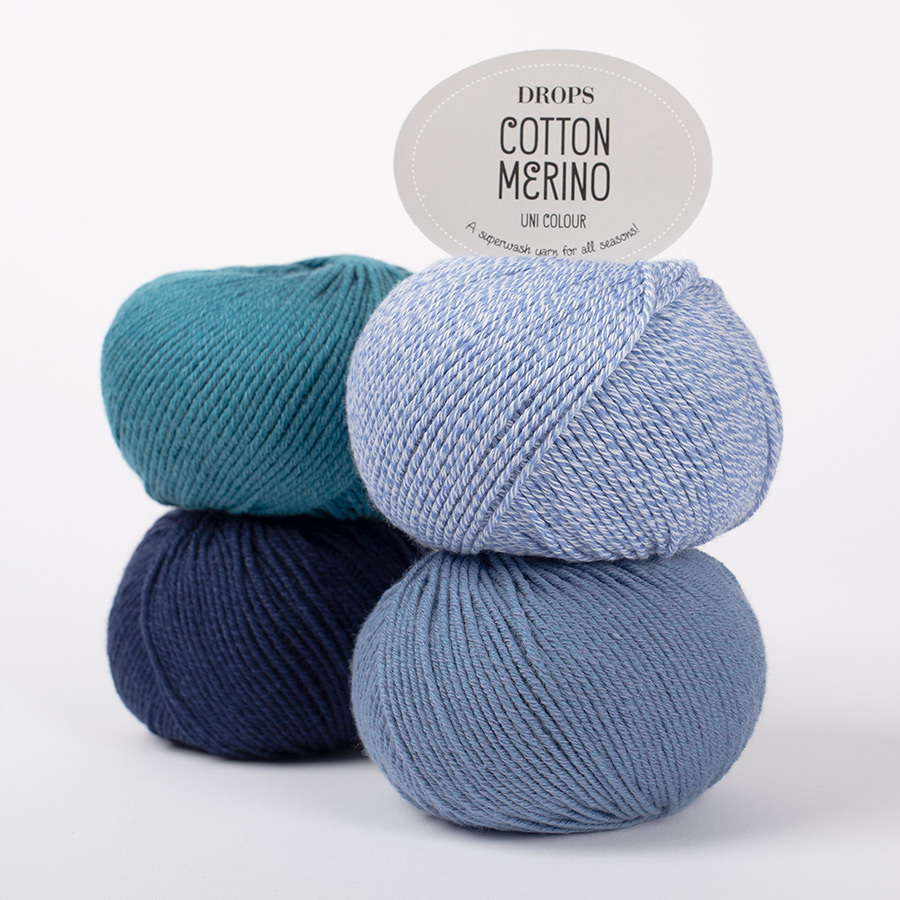
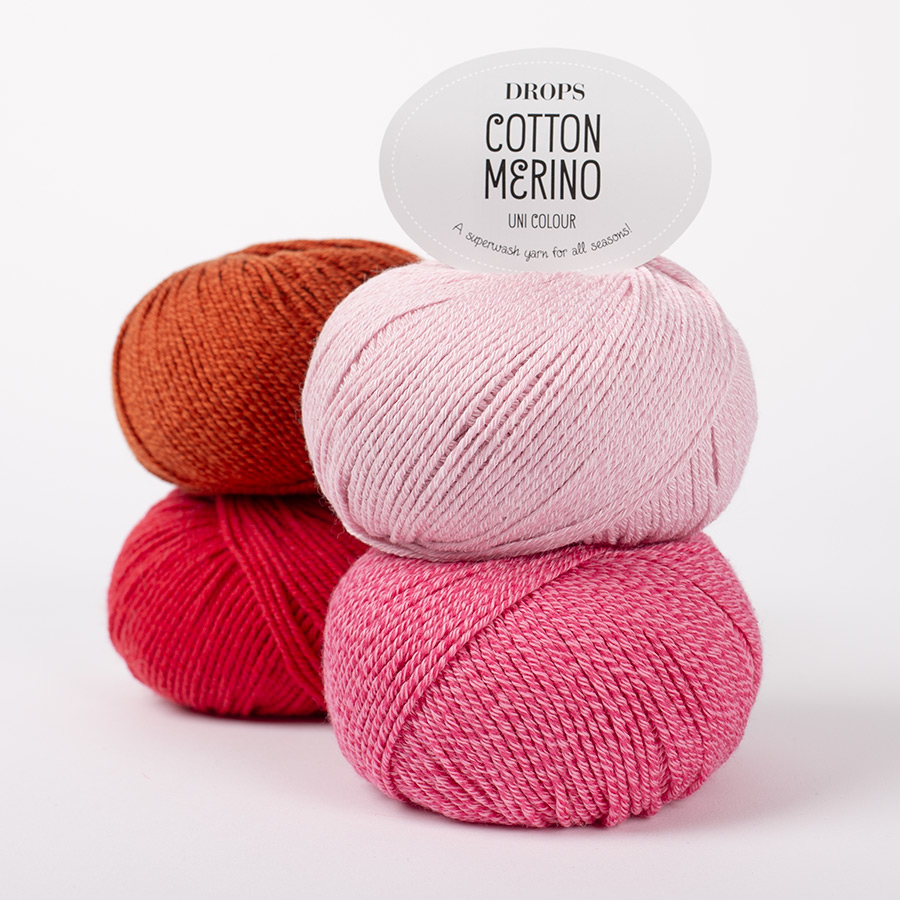
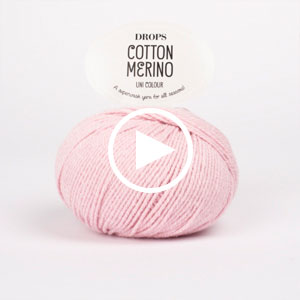











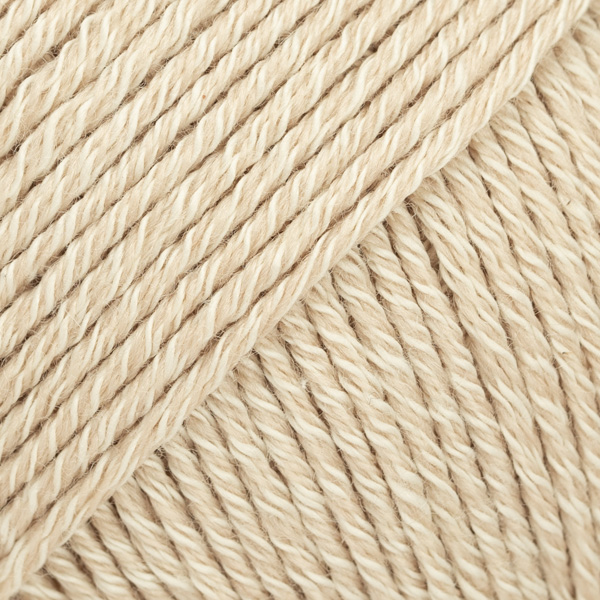



















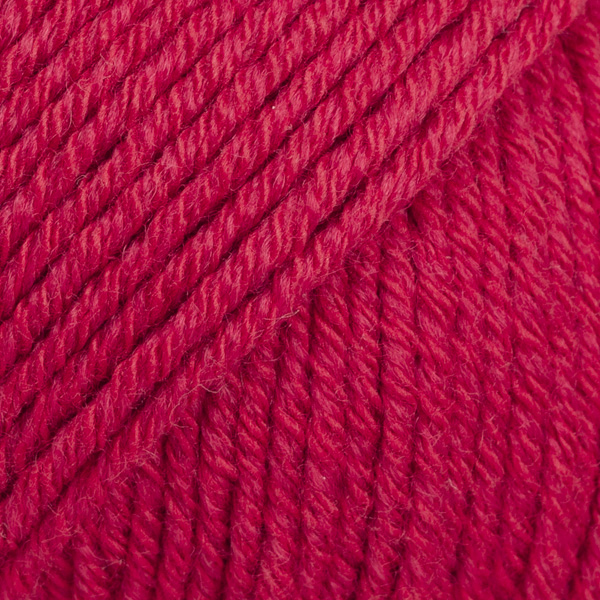








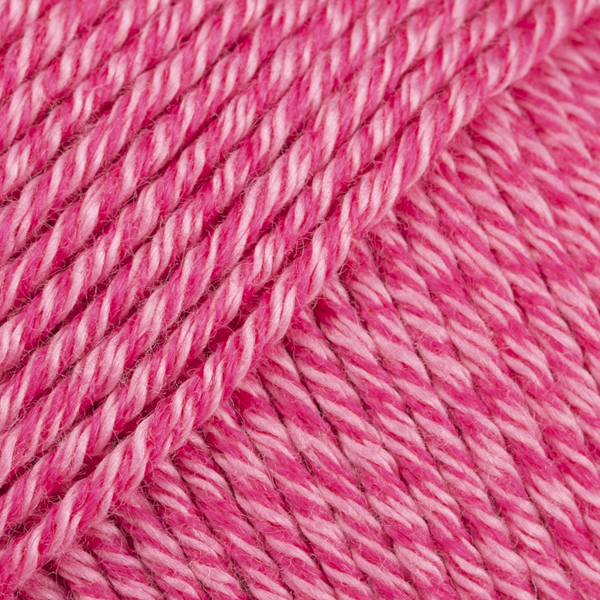

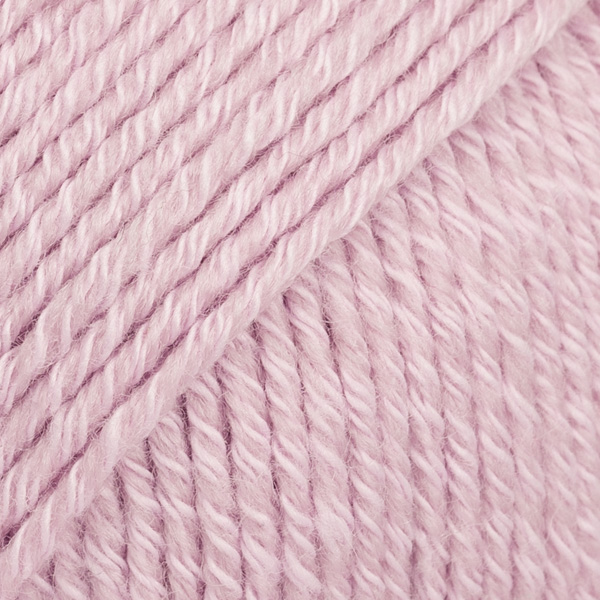









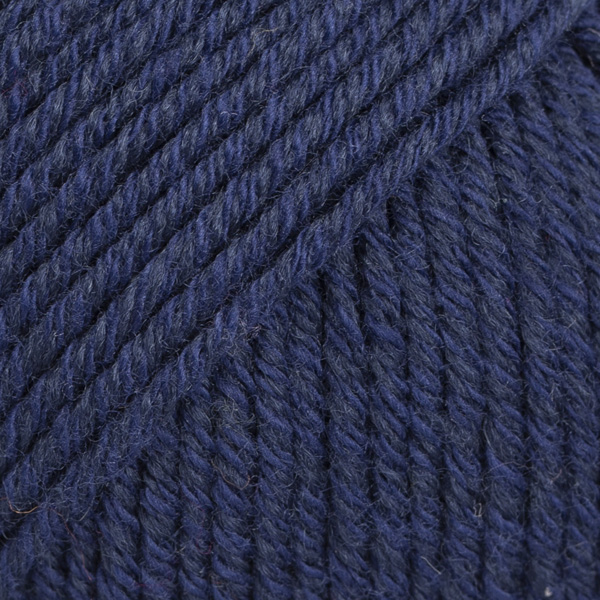







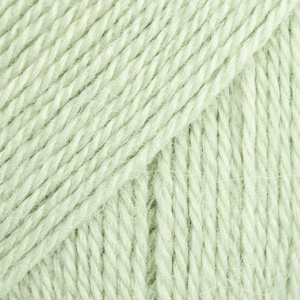






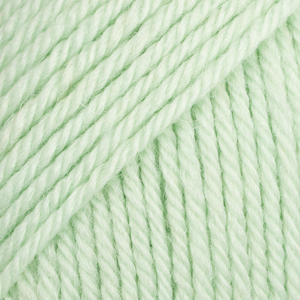






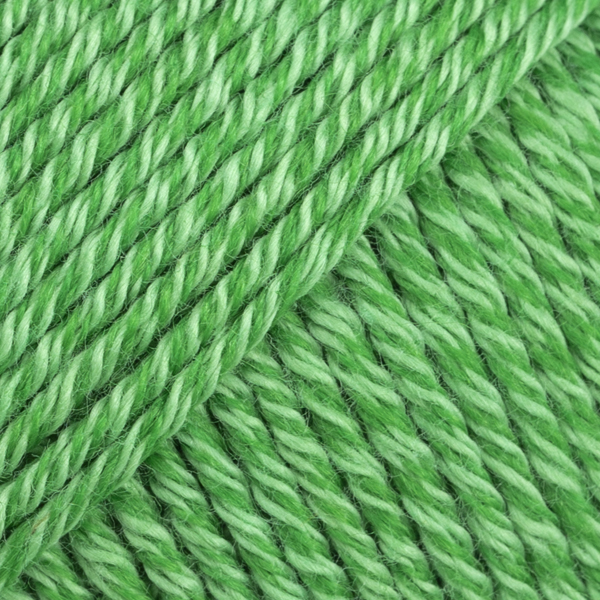






























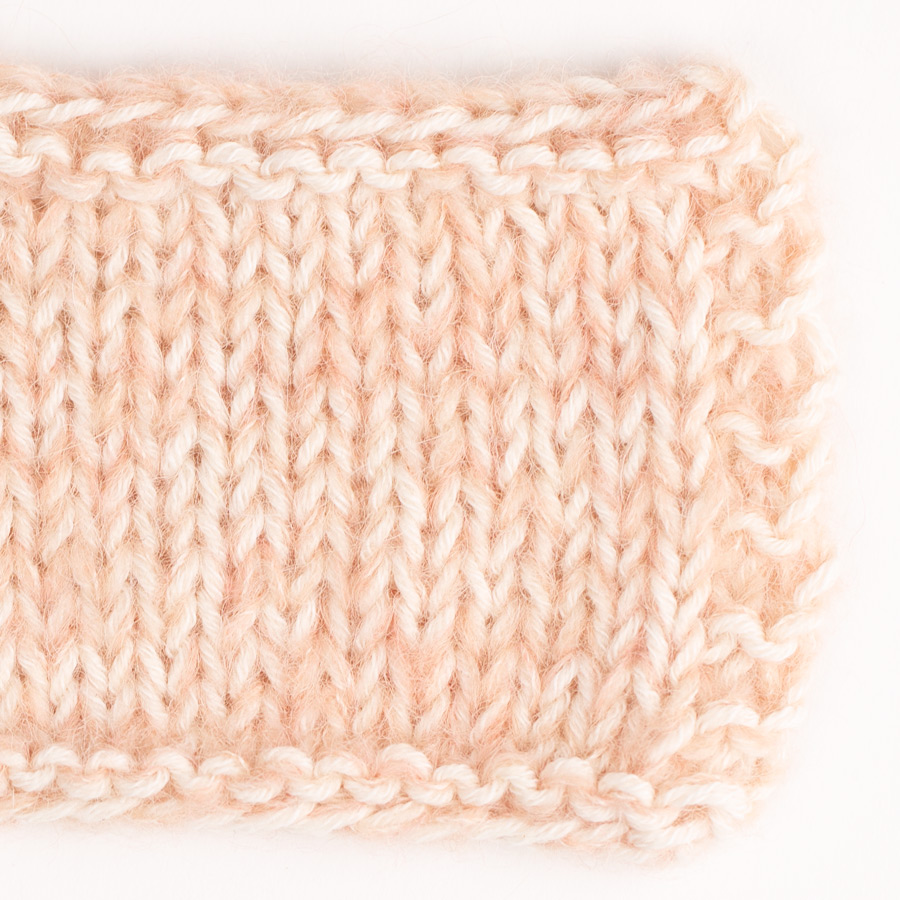

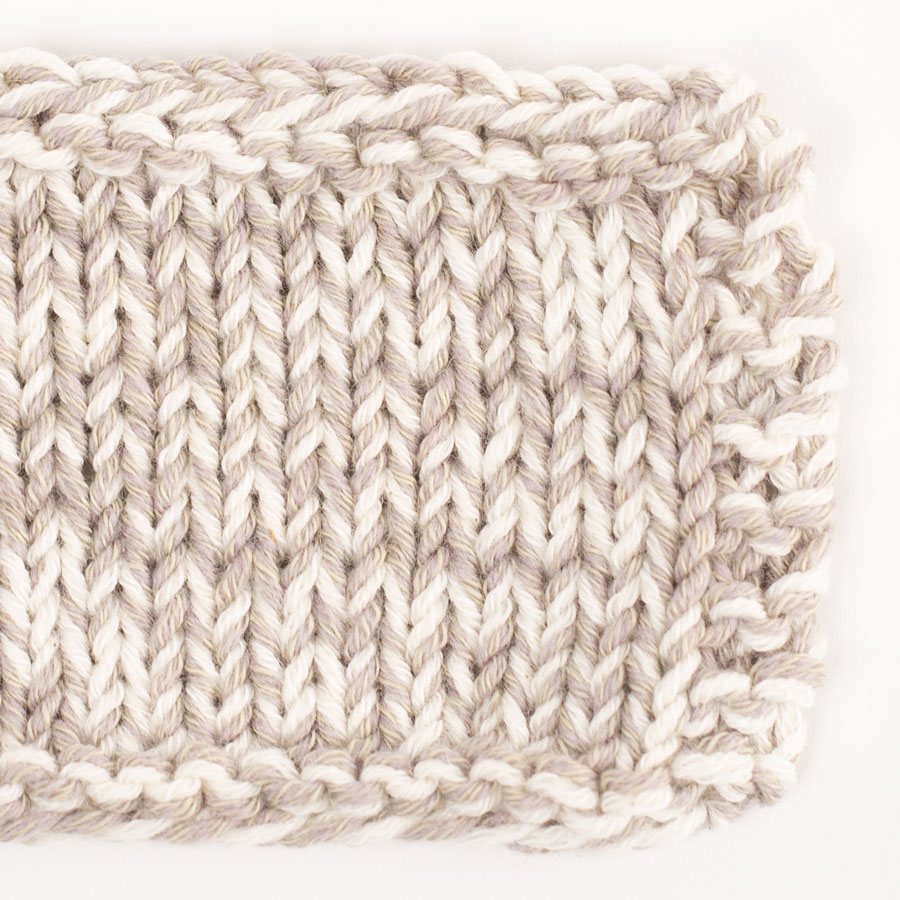
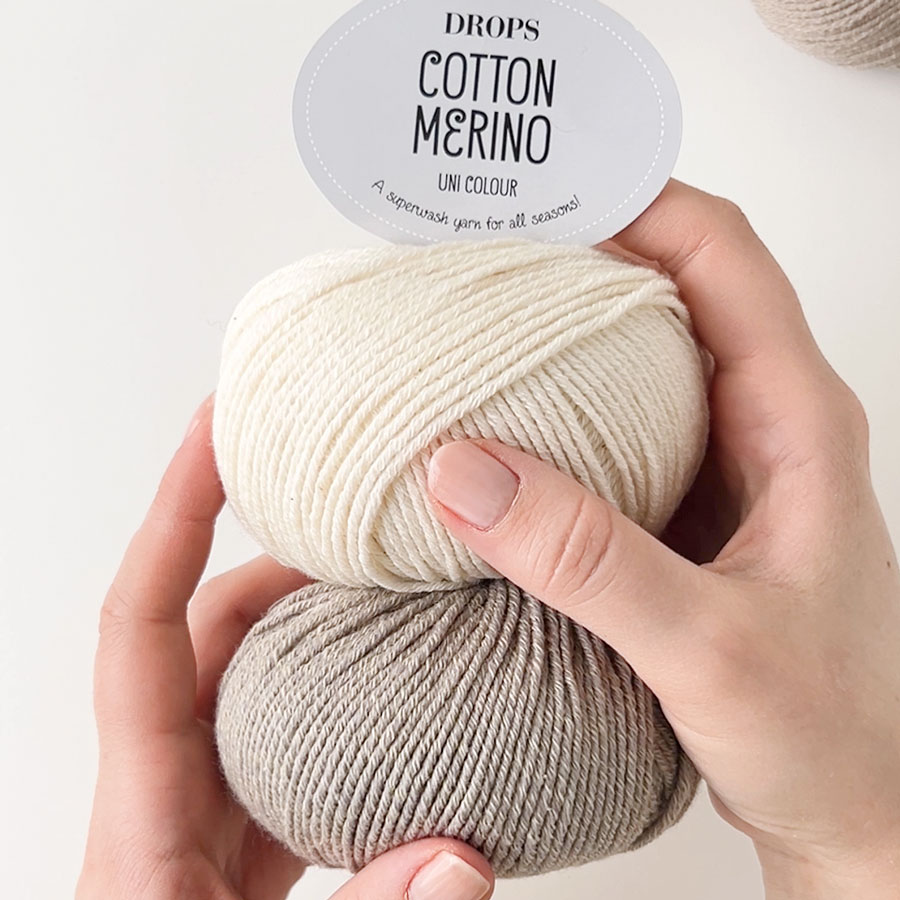
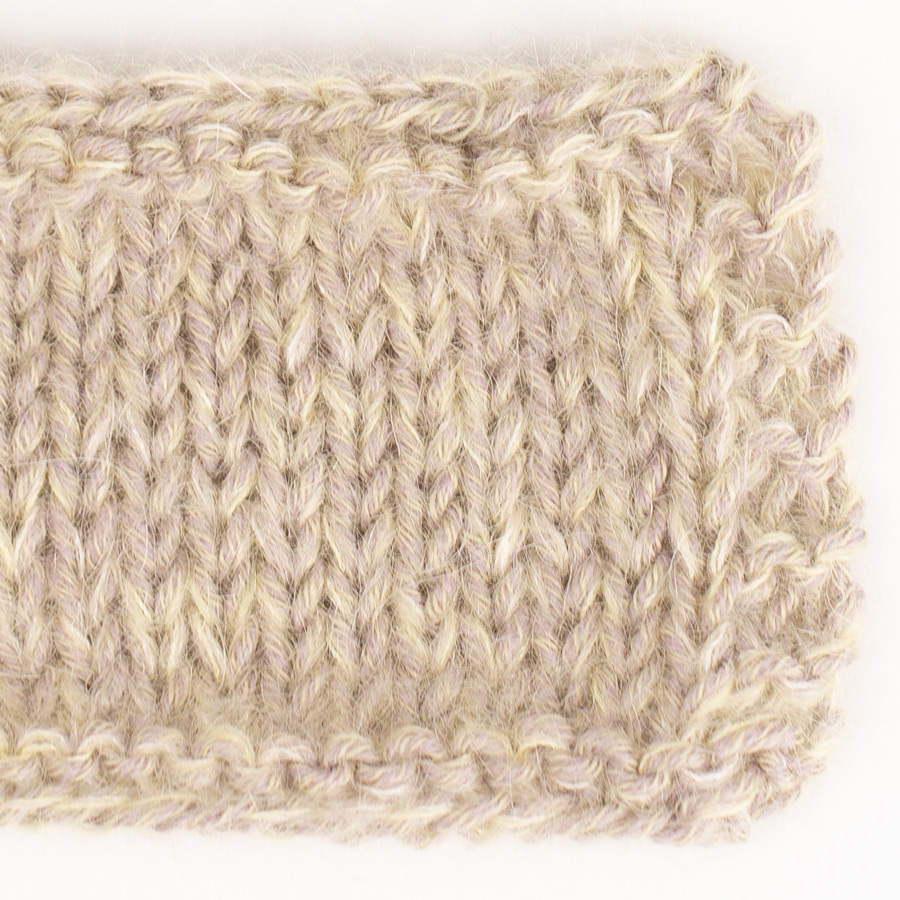
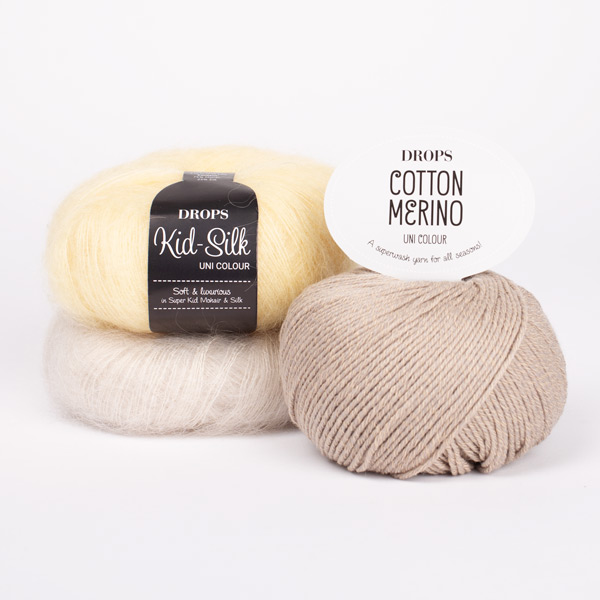
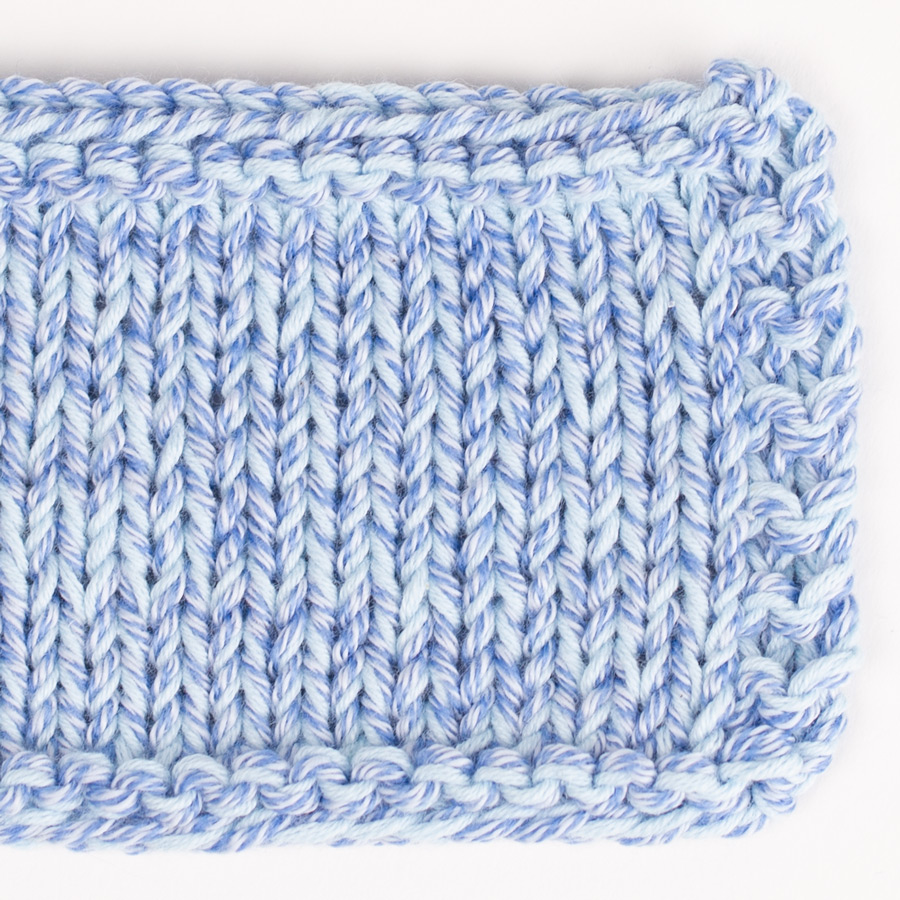
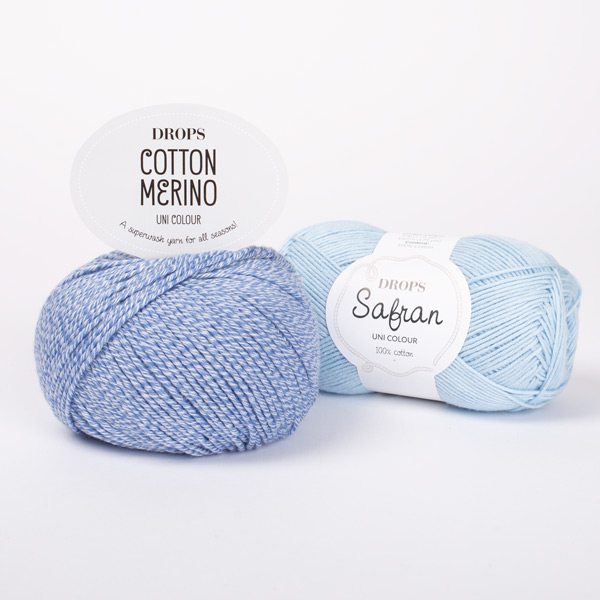
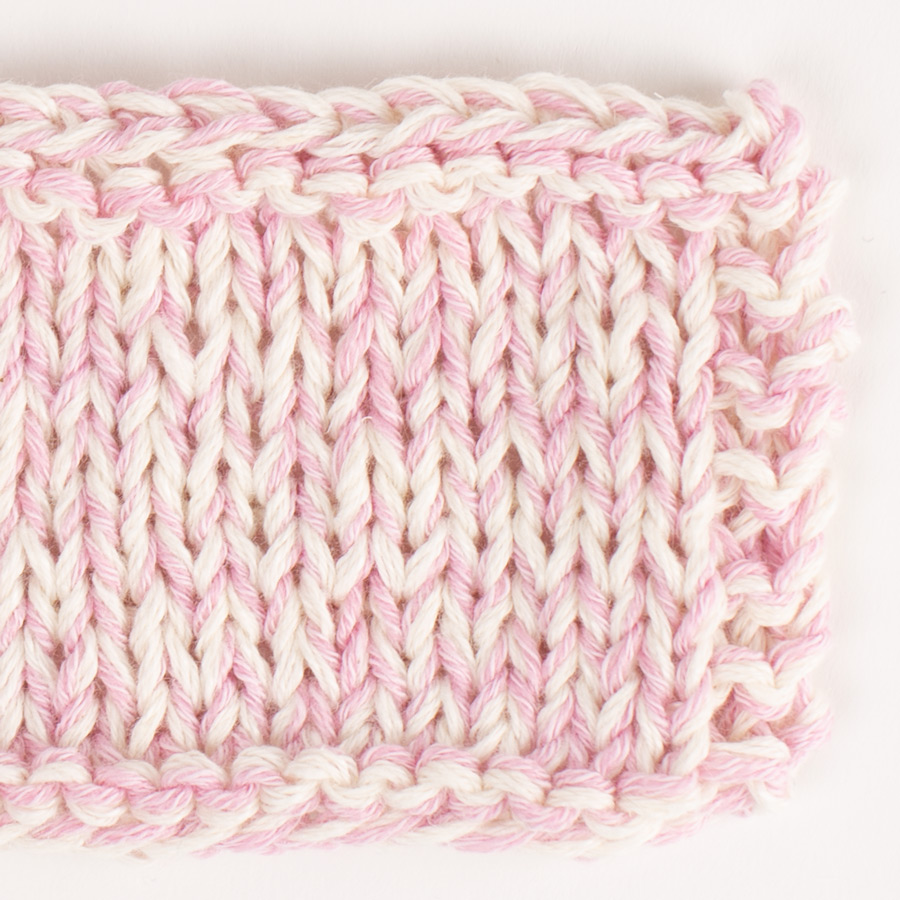
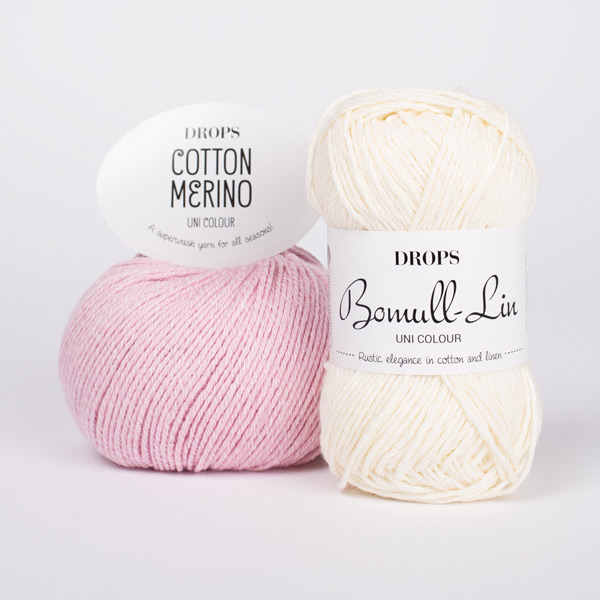
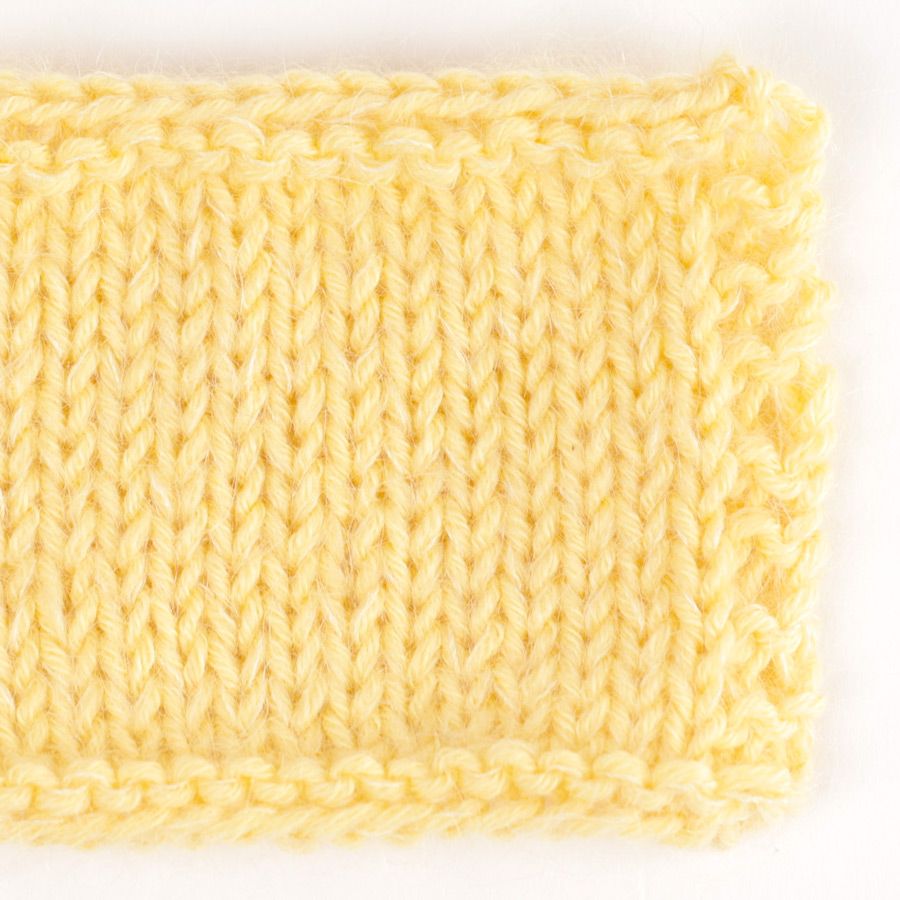

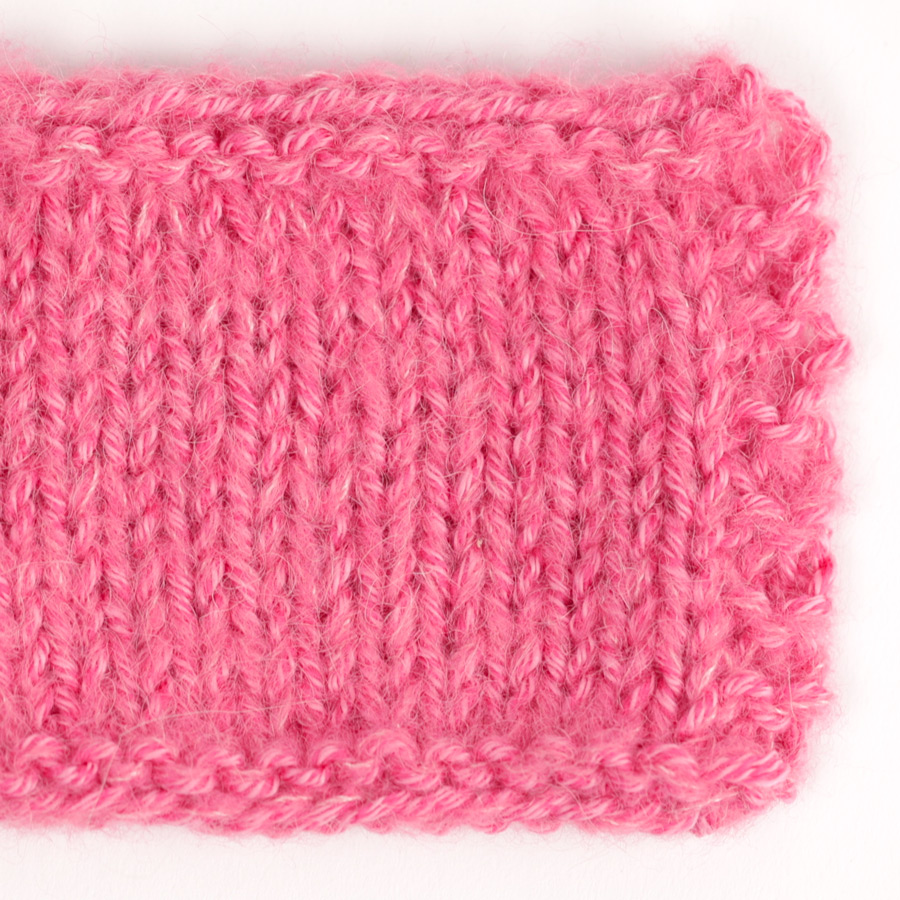
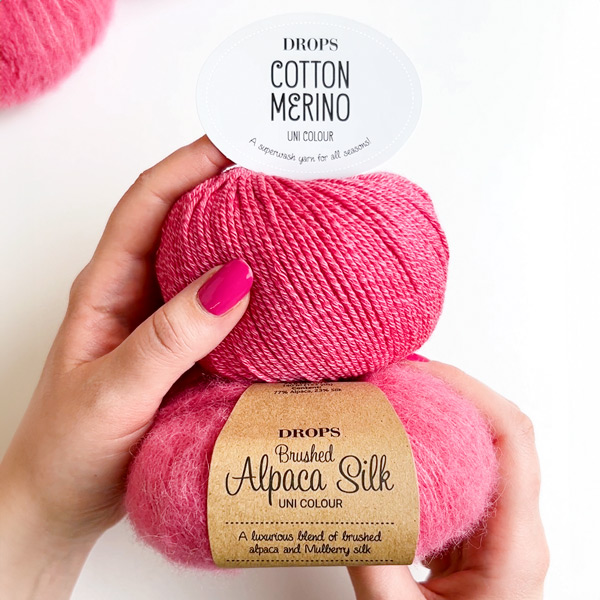
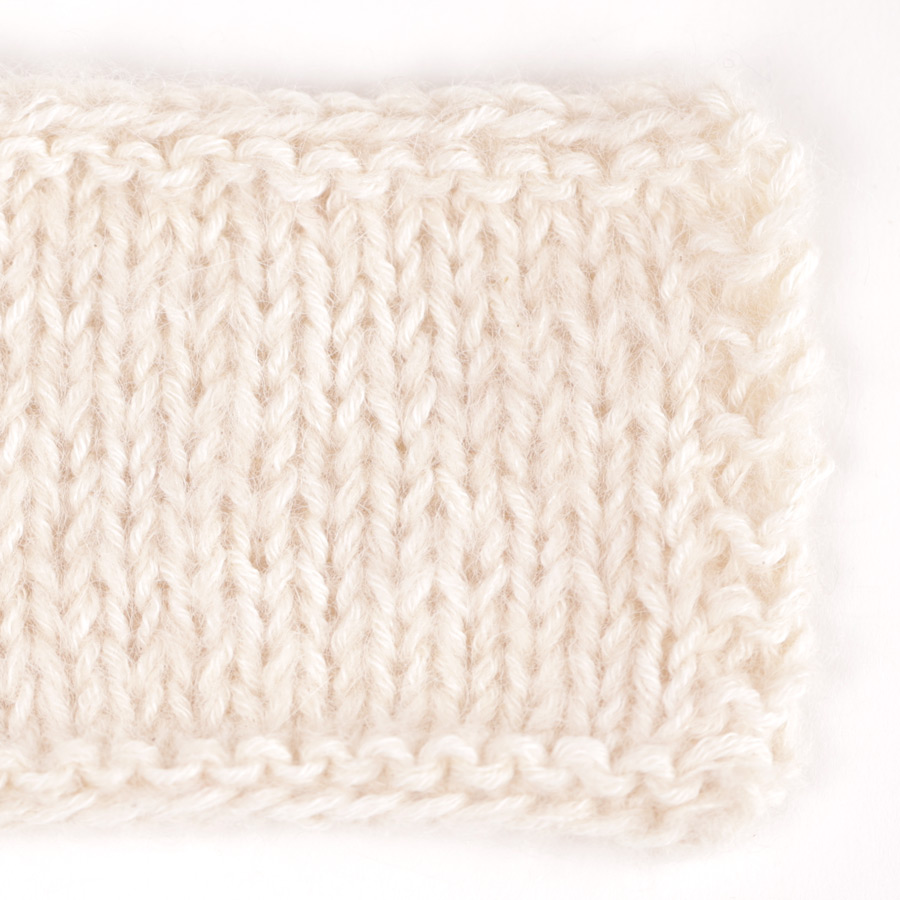
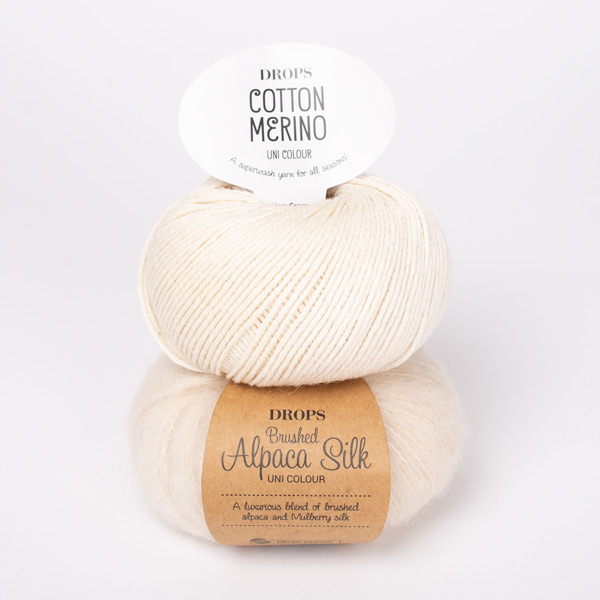
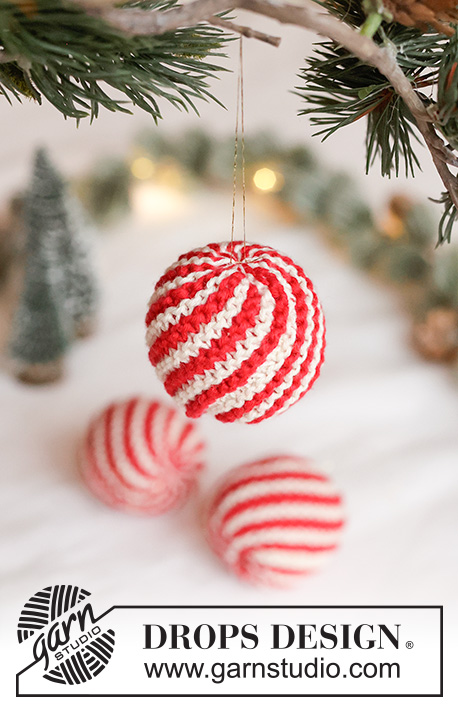

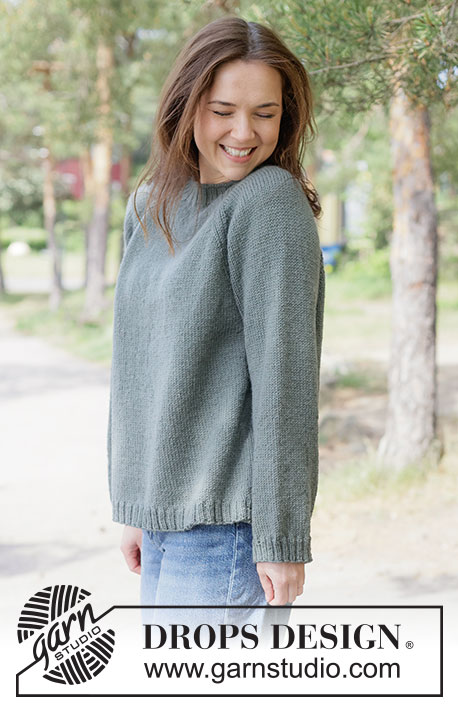






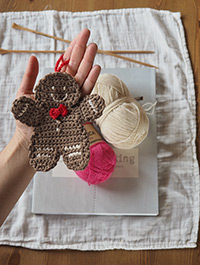
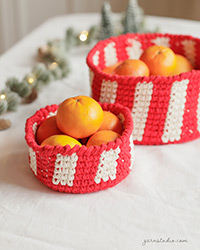
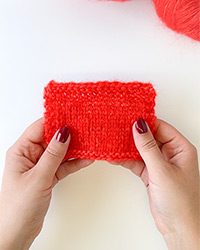
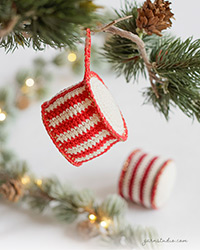


Sto lavorando il modello 174-22. È un filato molto bello, morbidissimo con colori brillanti (bellissimo il contrasto chiaro/scuro dato dalla lana/cotone). Facile da lavorare (non si divide), i punti risaltano in modo perfetto! Un solo appunto : in qualche gomitolo qualche nodino di troppo!
28.01.2017 - 12:29